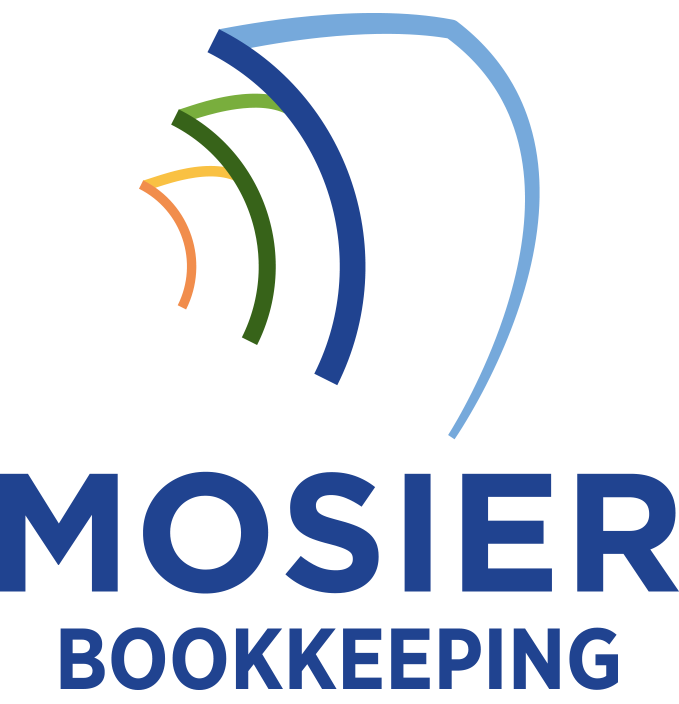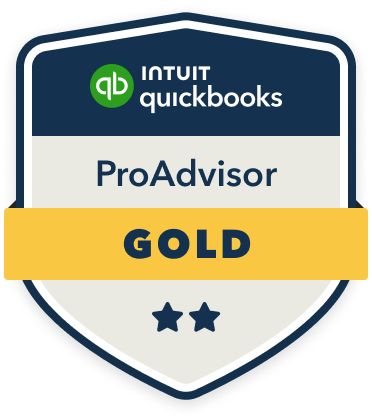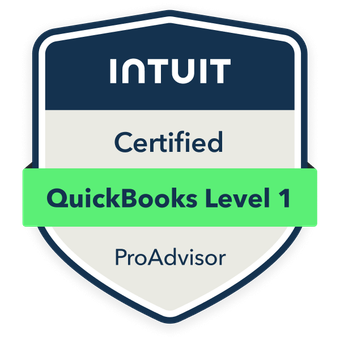Effective bookkeeping provides me with critical data to drive strategic business growth decisions. I leverage detailed financial records to track key performance indicators like gross margins, customer acquisition costs, and cash flow metrics. By analyzing these numbers, I can identify growth opportunities, secure financing, and optimize resource allocation. My rigorous bookkeeping practices help quantify risks, project trends, and measure ROI across operations. Understanding these fundamental financial insights unravels the path to sustainable business expansion.
Leveraging Financial Data for Strategic Decision Making

Three key aspects of leveraging financial data drive strategic business growth: data quality, analysis frameworks, and actionable insights.
I guarantee my data quality through rigorous bookkeeping practices, maintaining pristine records that capture every transaction accurately. My analysis framework combines traditional metrics like profit margins and cash flow with advanced KPIs that reveal market opportunities and operational efficiencies.
I transform raw numbers into actionable insights by identifying patterns, projecting trends, and quantifying risks. This empowers me to make calculated decisions about expansion timing, resource allocation, and strategic investments. When I leverage financial data effectively, I gain competitive advantage and accelerate business growth.
Tracking Key Performance Indicators (KPIs) for Growth Opportunities
Several critical KPIs serve as early indicators of growth opportunities when tracked consistently. I recommend monitoring your gross profit margin to identify pricing power and cost optimization potential. Your customer acquisition cost ratio reveals scalability prospects, while your monthly recurring revenue signals predictable growth patterns.
I’ll help you focus on cash conversion cycle metrics to liberate working capital for expansion. By tracking accounts receivable turnover, I can spot opportunities to accelerate cash flow. Your inventory turnover rate will expose chances to optimize operations and free up resources. These KPIs empower you to make data-driven decisions that fuel strategic growth.
Managing Cash Flow to Fund Expansion Plans

Maintaining robust cash flow management is essential for financing your expansion initiatives. I recommend implementing precise accounts receivable tracking to accelerate customer payments and optimize your working capital. You’ll need to analyze payment trends, establish clear collection policies, and leverage automation tools to minimize delays.
Strategic cash flow forecasting helps you identify funding gaps before they impact your growth plans. I advise creating detailed projections that account for seasonal fluctuations, market conditions, and expansion costs. You can then time your investments accordingly and secure additional funding sources, whether through retained earnings, credit lines, or external investment, to support your strategic objectives.
Using Bookkeeping Records to Secure Business Financing
Accurate, well-organized bookkeeping records serve as the foundation for securing business financing. I’ll show you how proper records strengthen your position with lenders and investors.
| Financial Record | Impact on Financing |
|---|---|
| Balance Sheet | Demonstrates asset strength and equity position |
| Income Statement | Proves revenue growth and profitability |
| Cash Flow Statement | Shows ability to service debt |
| AR/AP Aging Reports | Validates working capital management |
| Tax Returns | Verifies compliance and income history |
These documents aren’t just paperwork—they’re your leverage. I’ve seen lenders immediately dismiss applications lacking solid financials. When you maintain pristine books, you’re positioning yourself to command better terms and higher funding amounts.
Measuring Return on Investment Across Business Operations

Properly tracking return on investment (ROI) enables businesses to evaluate which operations generate the highest value and where to allocate resources. I recommend analyzing ROI through detailed cost centers in your bookkeeping system, tracking both direct and indirect expenses against revenue streams. You’ll need to measure key performance indicators like gross margin, operating margin, and net profit margin for each business segment.
I’ve found that implementing ROI tracking across departments helps identify which initiatives deserve increased investment and which need restructuring. This data-driven approach lets you make strategic decisions about expanding profitable operations while optimizing or eliminating underperforming ones.









